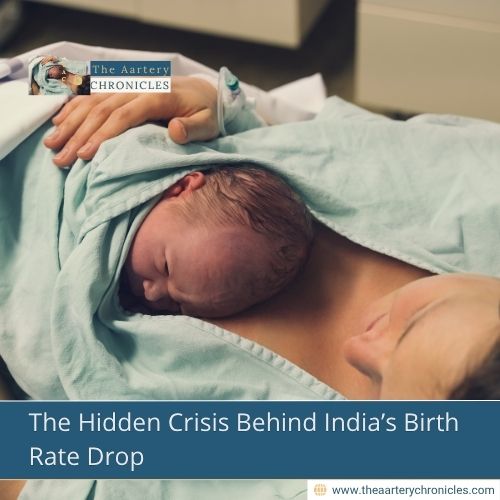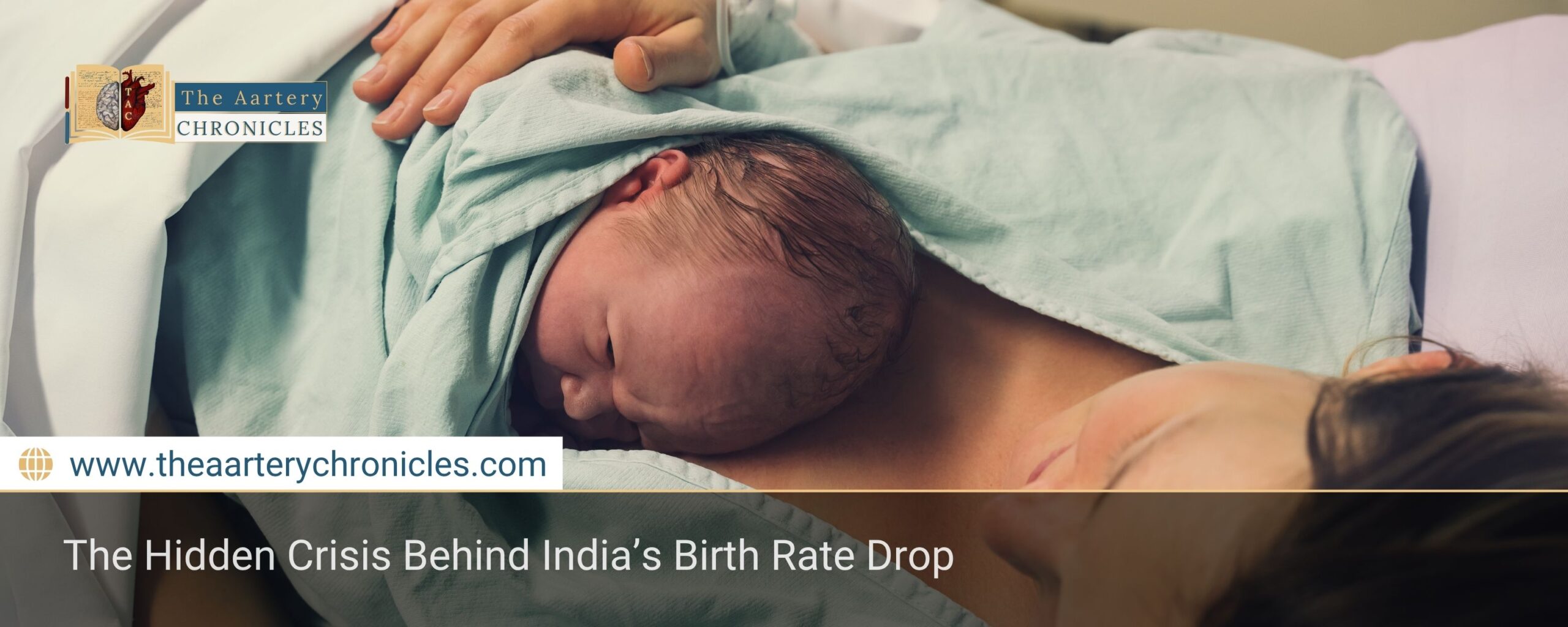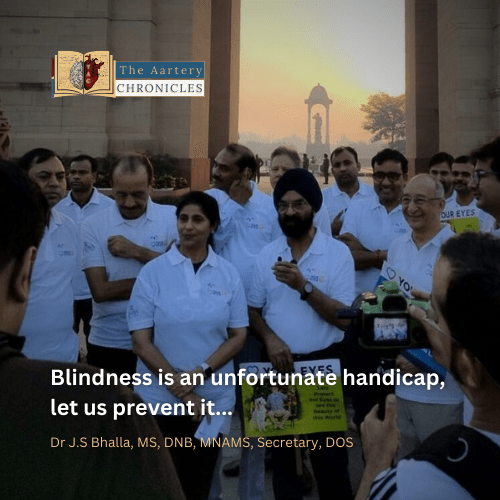

The Hidden Crisis Behind India’s Birth Rate Drop
The 2025 State of World Population Report by the United Nations Population Fund (UNFPA), titled “The Real Fertility Crisis,” calls for a major shift in how we talk about fertility. Instead of worrying about declining birth rates or overpopulation, the report highlights a more urgent concern: millions of people around the world, including in India, are unable to meet their reproductive goals whether that means having children, having fewer, or not having any at all.
According to the report, this is the true crisis we need to address not the number of people, but the barriers they face in making reproductive choices freely and safely.
India’s Population: Still the Largest, But Facing New Challenges
India’s population is expected to reach 1.46 billion in 2025, remaining the largest in the world. However, this growing number masks a deeper issue a mismatch between the number of children people want and the number they have.
The UNFPA’s survey revealed that:
- 36% of Indian adults experienced unintended pregnancies
- 30% reported not being able to have the number of children they wanted
- 23% faced both issues at some point in their lives
These figures point to significant gaps in reproductive health services and limited access to reliable contraception and fertility care.
Key Barriers to Reproductive Choice in India
The report identifies several reasons why people in India are unable to make informed and free reproductive decisions. These include:
- Financial Limitations: 4 in 10 people said money concerns stopped them from having the family they wanted.
- Job Insecurity (21%) and Housing Issues (22%): These practical concerns make parenting feel unaffordable or unstable.
- Lack of Childcare Support (18%)
- Health Barriers: Poor health (15%), infertility (13%), and inadequate access to pregnancy care (14%)
- Social Pressures: 19% reported pressure from partners or families to have fewer children than they wanted.
- Anxiety about the Future: Worries about climate change, political instability, and global uncertainty are also influencing family decisions.
Dual Fertility Reality: High and Low Fertility Side by Side
India has made notable progress, bringing down its total fertility rate (TFR) from nearly 5 children per woman in 1970 to about 2.0 today, which is just below the replacement level of 2.1. However, this progress is not evenly spread.
- High fertility states like Bihar (3.0), Meghalaya (2.9), and Uttar Pradesh (2.7) still see many more births.
- Low fertility states like Kerala, Tamil Nadu, and Delhi have already dropped below replacement levels.
- Adolescent fertility remains a concern: India’s teen birth rate (14.1 per 1,000 girls aged 15–19) is still higher than countries like China, Sri Lanka, and Thailand.
This contrast of the “high and low fertility duality” reflects deep differences in education, healthcare access, economic development, and social norms between states, urban and rural areas, and population groups.
Wanted vs. Actual Fertility
Data from the National Family Health Survey (NFHS-5, 2019–21) shows striking gaps between the number of children people want and the number they have:
- Bihar: TFR is 3.0, but people only want 2.2 children on average.
- Meghalaya: TFR is 2.9 vs. a wanted rate of 2.2.
- Sikkim shows a closer match: TFR of 1.0 and wanted fertility of 0.9.
This mismatch highlights the persistent gap between desire and reality, and the need for better reproductive planning tools and services.
Modern Pressures Shaping Family Decisions
In addition to financial and health factors, the report points to modern lifestyle challenges that affect fertility choices:
- The “loneliness epidemic” and difficulty in finding supportive partners
- Changing relationship patterns
- Persistent gender norms and social stigma around reproductive decisions
- Growing pressure on women to meet unrealistic parenting standards, often without enough support
These social and emotional barriers, combined with the lack of structural support, are forcing many people especially women to postpone or forgo parenthood, even when they don’t want to.
What Do Indians Want?
When asked about the ideal number of children:
- 41% of women and 33% of men said two children is ideal.
- 13% of women and 14% of men preferred just one child.
- A small percentage wanted three or more.
Interestingly, India ranked among the countries with the highest percentage of adults facing both unintended pregnancies and unfulfilled desires for children.
Rights-Based Approach to Reproductive Health
The UNFPA calls for a shift toward demographic resilience the ability of a society to adapt to population changes without compromising human rights. To do this, the report recommends:
- Expanding sexual and reproductive health services, including universal access to:
- Safe contraception
- Abortion care
- Maternal and infertility services
- Addressing structural barriers by investing in:
- Affordable childcare
- Education and housing
- Flexible work policies
- Inclusive policies that reach:
- Unmarried people
- LGBTQIA+ individuals
- Other marginalised communities
- Better data collection to track unmet needs and ensure accountability.
- Changing social norms through awareness campaigns, education, and community programs.
Conclusion
India has come a long way in improving reproductive health and reducing fertility rates. However, true progress means ensuring every individual regardless of gender, income, or location has the freedom and means to make their own reproductive choices.
As UNFPA India Representative Andrea Wojnar puts it, “The real demographic dividend comes when everyone can choose freely if, when, and how many children to have. That is how reproductive rights and economic growth go hand in hand.”
The fertility crisis isn’t about too many or too few babies it’s about people not being able to have the families they truly want. Let’s shift the conversation from fear to freedom.
Source: Inputs from various media Sources

Priya Bairagi
Reviewed by Dr Aarti Nehra (MBBS, MMST)
I’m a pharmacist with a strong background in health sciences. I hold a BSc from Delhi University and a pharmacy degree from PDM University. I write articles and daily health news while interviewing doctors to bring you the latest insights. In my free time, you’ll find me at the gym or lost in a sci-fi novel.








